Low carbon generation set to meet electricity demand growth – IEA
Smart Energy International
JANUARY 24, 2024
The IEA’s Electricity 2024 report records electricity demand growth easing in 2023 but is projected to accelerate over the next three years through 2026. The update finds that world demand for electricity grew by 2.2% The update finds that world demand for electricity grew by 2.2% in 2023, less than the 2.4% Have you read?



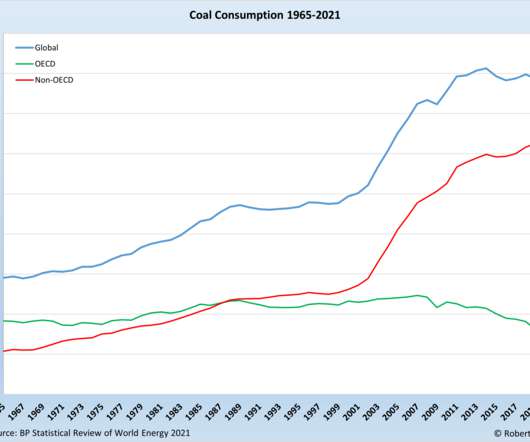
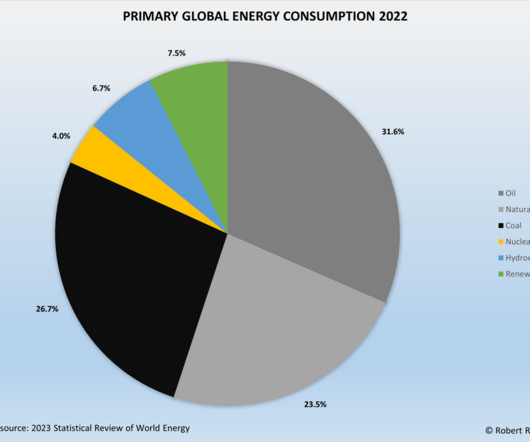
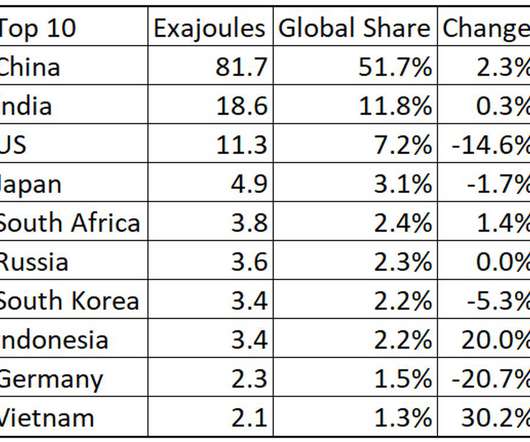
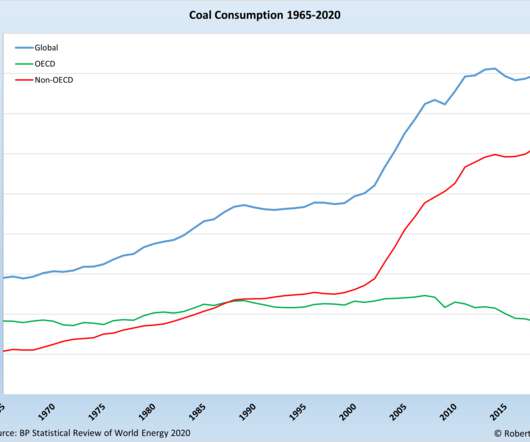




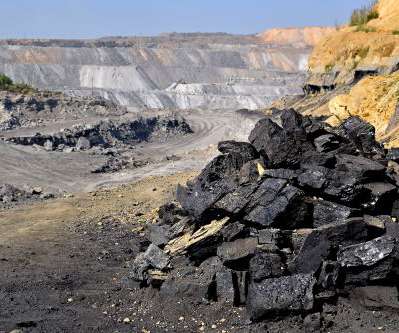
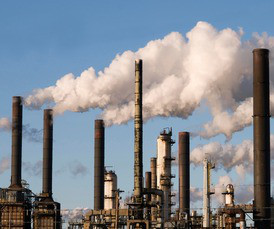
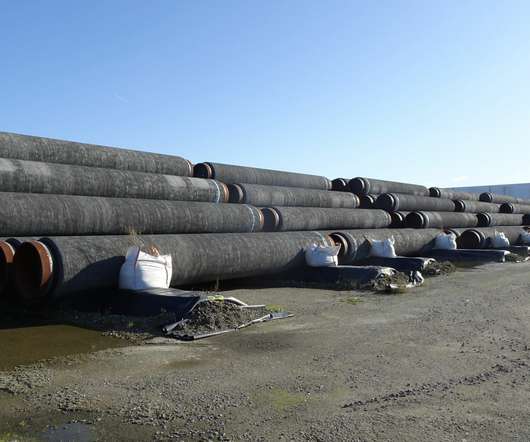









Let's personalize your content